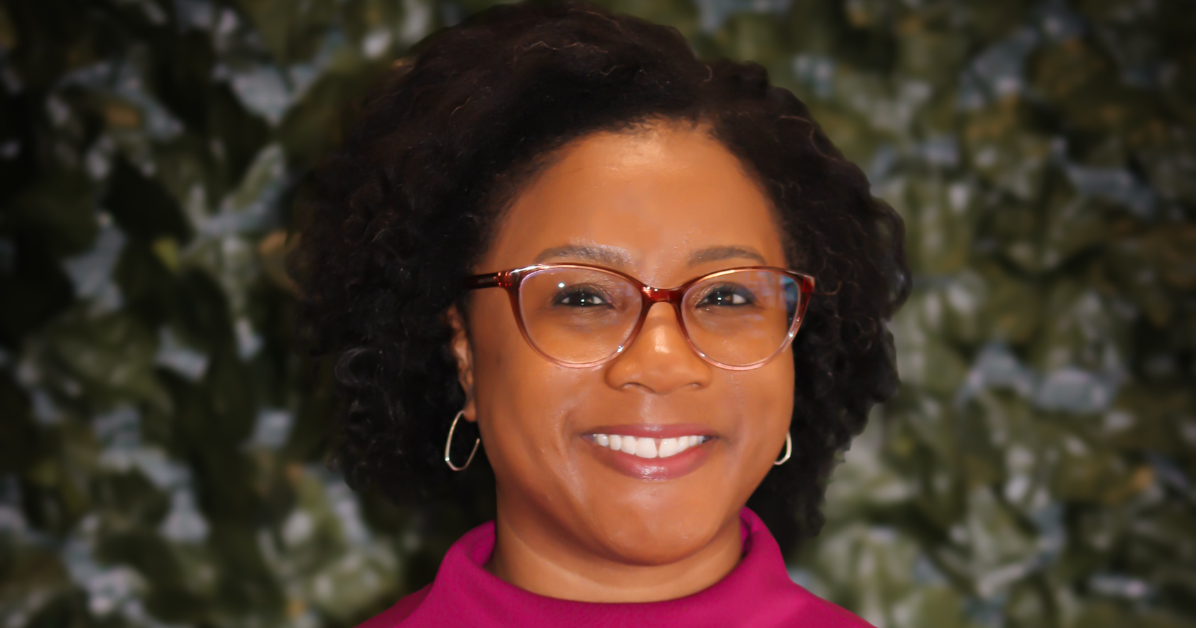How To Save Money Using The 20 Percent Savings Rule
You can find a lot of conflicting financial advice out there, but one recommendation that is rarely disputed is that you need to save money for the future. A strong savings game – including a savings account, an emergency fund and a retirement account – is a basic requirement for good personal financial health.
Understanding that you should build your savings is step one. Step two is knowing how much to save. That’s where the 20 percent savings rule comes in. This rule is part of the 50/30/20 budgeting method, popularized in a 2006 book by U.S. Senator Elizabeth Warren and her daughter Amelia Warren Tyagi, titled “All Your Worth: The Ultimate Lifetime Money Plan”.
Read on to learn more about the 20% savings rule and how it can help you save more.
What Is the 20% Savings Rule?
The 50/30/20 budget recommends you divide your after-tax income in three broad categories:
- 20 percent for savings: This includes savings for both near-term goals and your long-term financial security. Money in this category should be saved in an emergency fund, a high-yield savings account, and retirement accounts.
- 30 percent for wants: Spending for things that are nice to have, but not strictly necessary. Money in this category is for entertainment, dining out, vacations, or a gym membership.
- 50 percent for needs: Money in this category is for required monthly expenses like rent or mortgage payments, utilities, insurance, groceries and transportation.
Stephen Caplan, a financial advisor with Neponset Valley Financial Partners, a wealth management firm in the Boston area, said the 20 percent savings rule makes a lot of sense, especially for young people, because it helps safeguard against lifestyle inflation.
“The beauty of maintaining a 20 percent savings rate is that as you progress in your career and increase your earnings, you are able to live a nicer lifestyle and direct more money toward your future financial goals,” Caplan said. “If you focus on saving a specific dollar amount, rather than a percentage of your income, it’s easy to frivolously spend additional income.”
How To Maximize The 20% Savings Rule
What makes the 20 percent savings rule work? It’s simple, flexible, and it can help you save more in the long run. Here’s how to make it work for you.
Set A Budget
While other budgeting methods rely on detailed categories and strict dollar amounts, the 20 percent savings rule lets you allocate a percentage of your income to a variety of savings methods and accounts. This can be especially helpful if your income fluctuates from month to month. In months when you earn more, you can save more. If you earn less, you save less.
Start by calculating your after-tax income. This is the amount you have available to spend each month after taxes have been withheld from your paycheck or set aside for quarterly estimated payments if you are self-employed. If your employer withholds retirement contributions or insurance premiums, add them back in to reach your after-tax income. Now, multiply that number by 20 percent. Ideally, that’s how much you’ll put aside to savings each month.
Establish An Emergency Fund
Having an emergency fund is an essential component of long-term financial success as it prevents life’s curveballs, such as job loss, medical bills or unexpected home repairs, from sending you into debt.
Most financial experts recommend building an emergency fund equal to three-to-six months of expenses. If you don’t have this much saved yet, allocate a chunk of your 20 percent savings to establishing an emergency fund.
Focus On Fixed Costs
If you have trouble allocating 20 percent of your income to savings, Caplan recommends taking a hard look at the needs category before cutting wants.
“Too many people focus on trying to cut back the 30 percent discretionary spending category and ignore the big purchases in the 50 percent category,” Caplan said. “These expenses are usually fixed costs, such as mortgage, rent, and car payments, so getting them right from the start can have a significant impact on your financial well-being.”
Maybe you are spending more than you can afford on housing. It’s not simple to find a new apartment or sell a home, but over the long term paying less in rent or downsizing your mortgage could yield major savings. That new SUV may have felt great during the test drive, however it may be possible to reduce your monthly car payments by finding a more modest sedan. Again, downsizing could help rightsize your budget.
Get Out Of Debt

Another unique aspect of the 50/30/20 rule is how it treats debt payments. Mortgage payments and minimum payments towards other debts, such as student loans and credit cards, are categorized as needs. After all, you need to pay at least this much every month to keep your home, avoid defaulting and preserve your credit score.
However, any additional payments made to reduce the principal balance of your debts are considered savings because once you’re out of debt, you can redirect those payments to savings.
If you have non-mortgage debt, after establishing an emergency fund, allocate a portion of your 20 percent savings to getting out of debt. The sooner you pay it off, the more you’ll have for long-term saving and investing.
Save For Retirement

If you have access to a retirement plan through work and your employer offers matching contributions, you can boost your retirement savings without allocating more than 20 percent of your income to savings.
Contribute at least up to the percentage your employer matches. When your employer matches your contribution, it’s free money for you.
Create An Automated Savings Plan
Too often, people make the mistake of saving only what is left over after covering their needs and wants. You can avoid this by automating your savings. Most banks will allow you to set up an automatic draft from your checking account into savings, or your employer may be able to have a portion of your paycheck direct deposited into savings.
When you automate your savings, you’ll save time, make it easier to commit to paying yourself first and reduce the temptation to spend what you should be saving.
Is 20 Percent The Right Amount For You?
The 20 percent savings rule is simple and flexible, but it’s not for everyone. If you’re living paycheck-to-paycheck, just covering the necessities or facing other financial difficulties such as job loss or debt, you might need to work on increasing your income before you prioritize saving.
Caplan also noted the 50/30/20 rule might be a challenge for people residing in cities with high cost of living like San Francisco, New York, Los Angeles, and even Boston. “You’ll earn more in these cities,” Caplan said, “but housing costs a disproportionate amount of your income. This makes it challenging to keep your fixed costs under 50% of your income.”
If allocating 20 percent of your income to savings just isn’t feasible, start with a lesser amount, such as 15 percent or even 5 percent. The most important thing is to start saving. Eventually, as your circumstances change and you pay off debt, you can get closer to the 20 percent rule of thumb.
THIS PIECE WAS WRITTEN BY JANET BERRY-JOHNSON AND ORIGINALLY APPEARED ON MAGNIFYMONEY.






